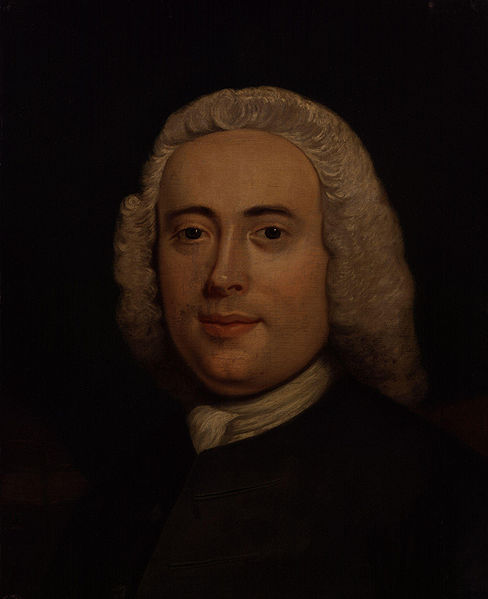<Back to Index>
- Physicist John Canton, 1718
- Painter Constant Permeke, 1886
- Duke of Burgundy Philip III the Good, 1396
PAGE SPONSOR

John Canton FRS (31 July 1718 – 22 March 1772) was an English physicist.
Canton was born in Middle Street Stroud, Gloucestershire,
the son of a weaver John Canton (b. 1687) and Esther (née
Davis). He had only a common education, after which he was put as an
apprentice to a broadcloth weaver, but his leisure hours were devoted
to mathematical studies, and. he made a dial upon stone, which being
placed against the front of his father's house, so pleased the
gentlemen of the neighbourhood, that he found access to their
libraries, by which means he was enabled to improve himself
considerably. In 1737, at the age of nineteen, under the auspices of Dr Henry Miles, he was articled for five years as clerk to Samuel Watkins, the master of a school in Spital Square, London, with whom at the end of that time he entered into partnership. About the year 1745 he made some improvements in electricity, and in 1750 he read a paper before the Royal Society on a method of making artificial magnets, which procured him election as a fellow of the society and the award of the Copley Medal. He was the first in England to verify Benjamin Franklin's hypothesis of the identity of lightning and electricity, and he made several important electrical discoveries. In 1762 and 1764 he published experiments in refutation of the decision of the Florentine Academy, at that time generally accepted, that water is incompressible. In 1768 he described the preparation, by calcining oyster - shell with sulphur, of the phosphorescent material known as Canton's phosphorus. His investigations were carried on without any intermission of his work as a schoolmaster. He died in London aged 53 of dropsy. He was the recipient of letters from Thomas Bayes, which were then published by the Royal Society.